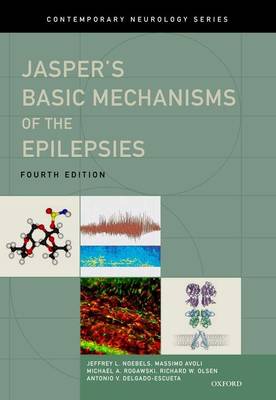
Je cadeautjes zeker op tijd in huis hebben voor de feestdagen? Kom langs in onze winkels en vind het perfecte geschenk!
- Afhalen na 1 uur in een winkel met voorraad
- Gratis thuislevering in België vanaf € 30
- Ruim aanbod met 7 miljoen producten
Je cadeautjes zeker op tijd in huis hebben voor de feestdagen? Kom langs in onze winkels en vind het perfecte geschenk!
- Afhalen na 1 uur in een winkel met voorraad
- Gratis thuislevering in België vanaf € 30
- Ruim aanbod met 7 miljoen producten
Zoeken
Jasper's Basic Mechanisms of the Epilepsies
€ 282,95
+ 565 punten
Omschrijving
Prev. ed.: Jasper's basic mechanisms of the epilepsies / editors, Antonio V. Delgado-Escueta ... [et. al.]. 3rd. ed. c1999.
Specificaties
Betrokkenen
- Uitgeverij:
Inhoud
- Aantal bladzijden:
- 1264
- Reeks:
Eigenschappen
- Productcode (EAN):
- 9780199746545
- Verschijningsdatum:
- 28/06/2012
- Uitvoering:
- Hardcover
- Afmetingen:
- 184 mm x 260 mm
- Gewicht:
- 2928 g

Alleen bij Standaard Boekhandel
+ 565 punten op je klantenkaart van Standaard Boekhandel
Beoordelingen
We publiceren alleen reviews die voldoen aan de voorwaarden voor reviews. Bekijk onze voorwaarden voor reviews.








